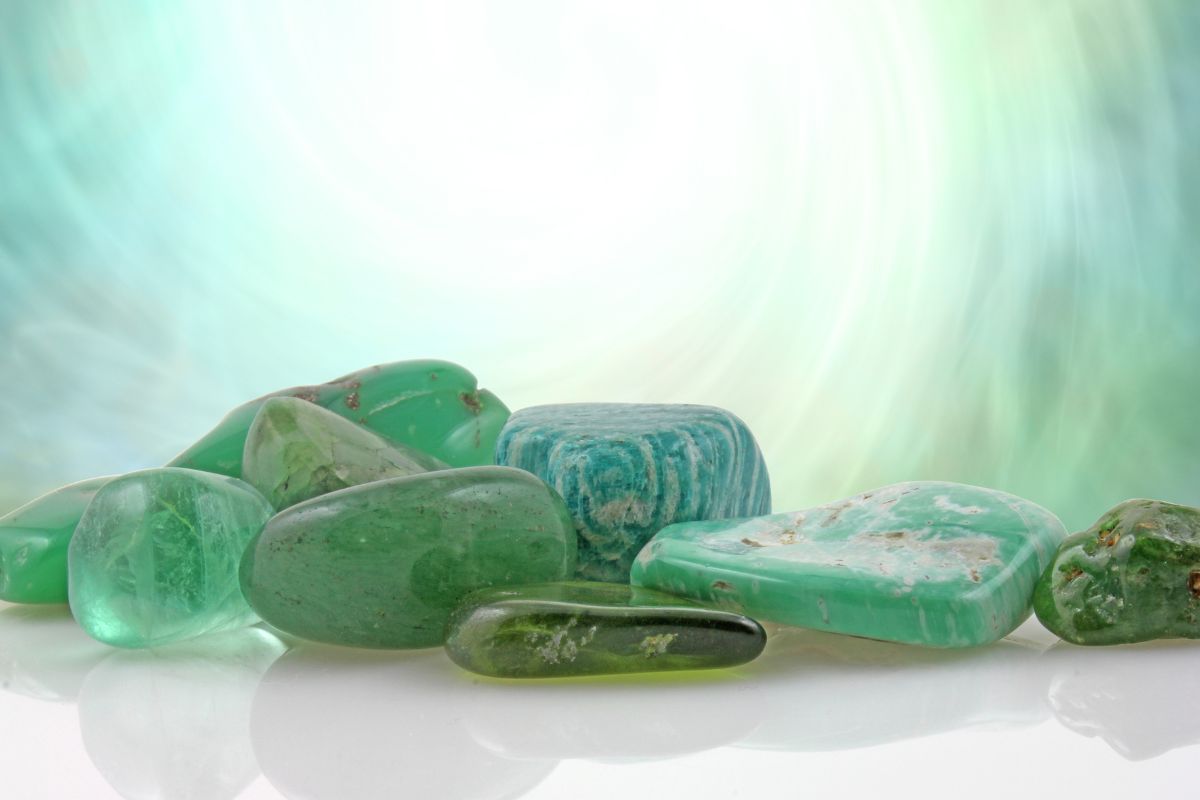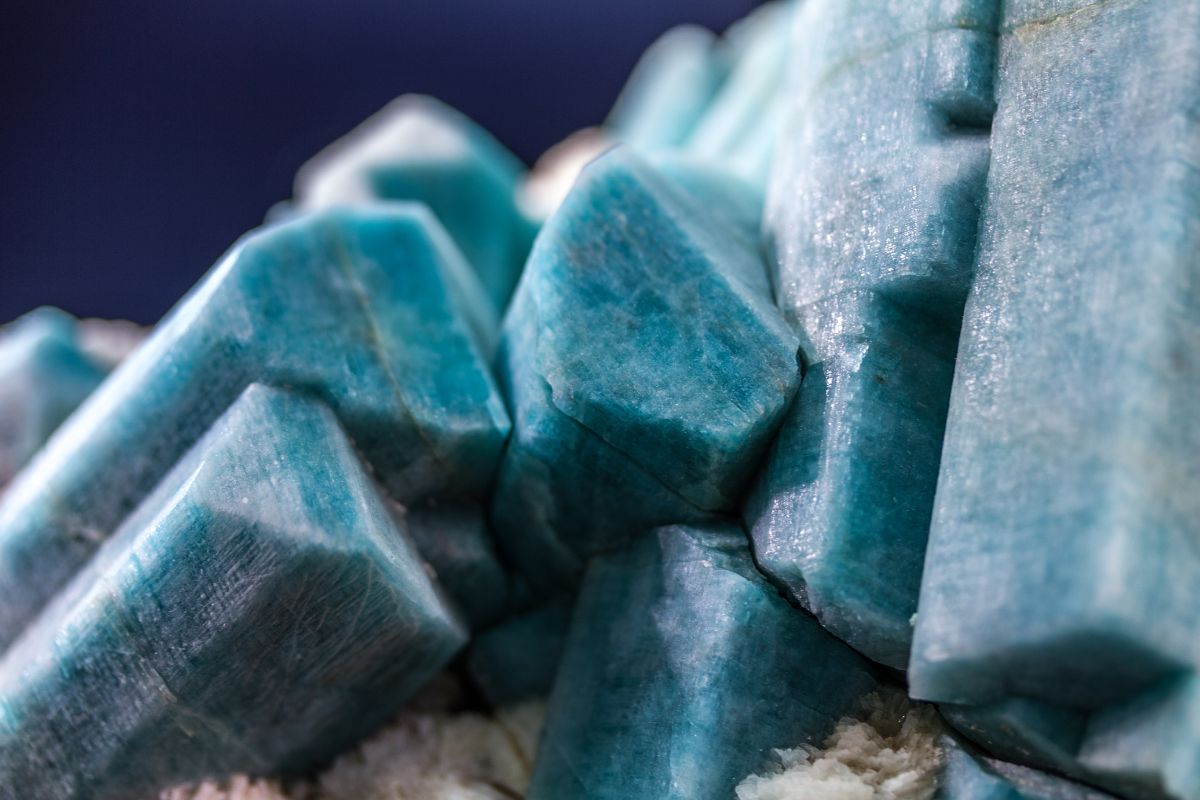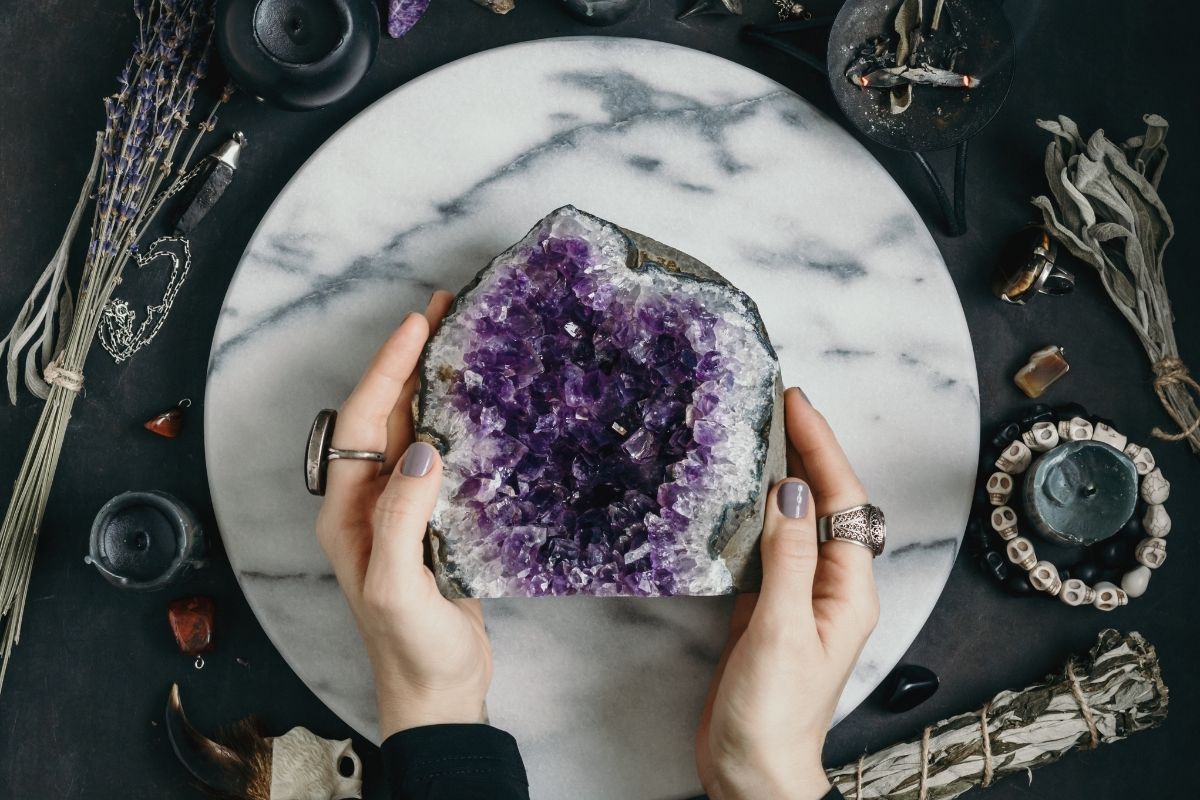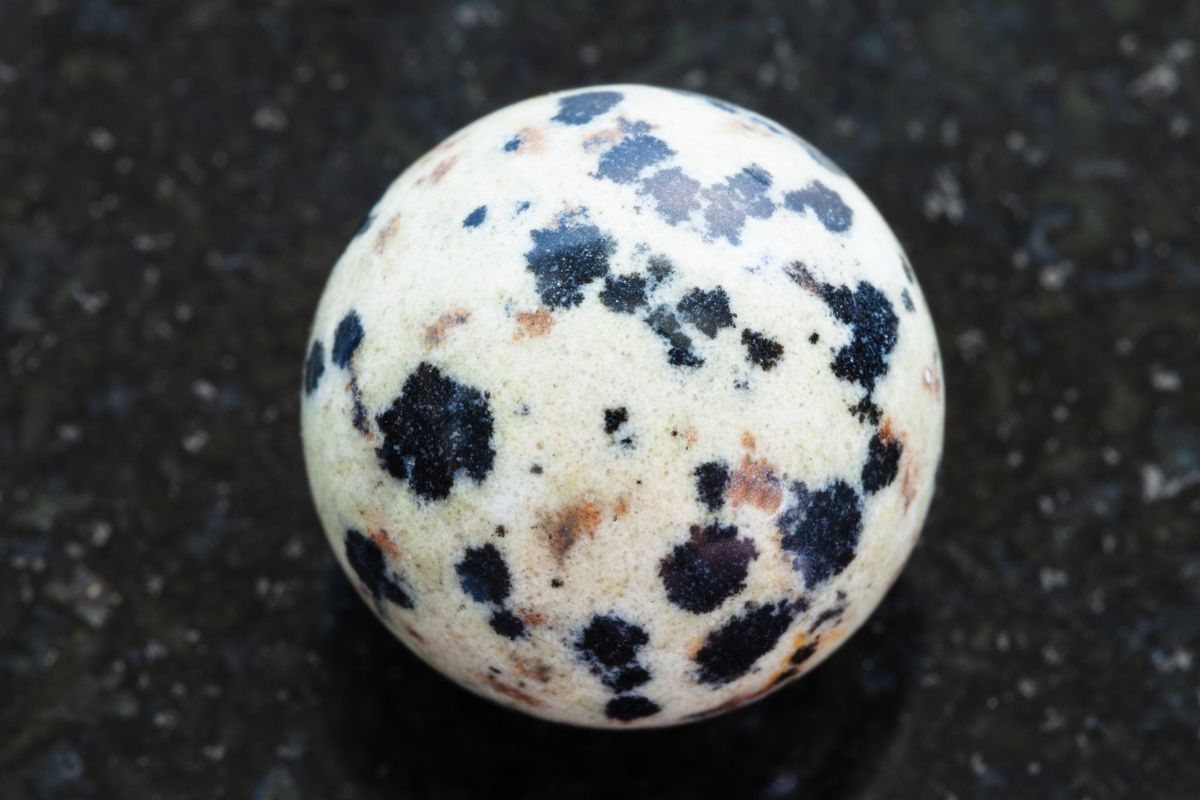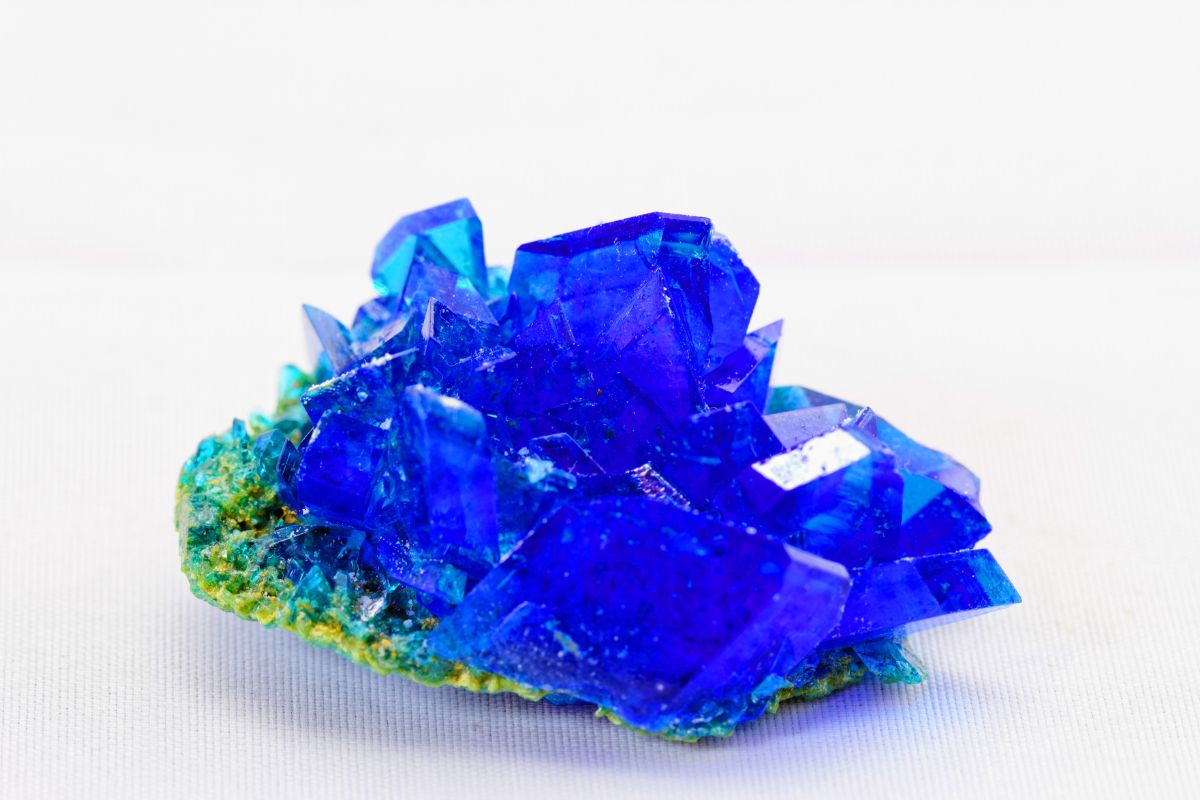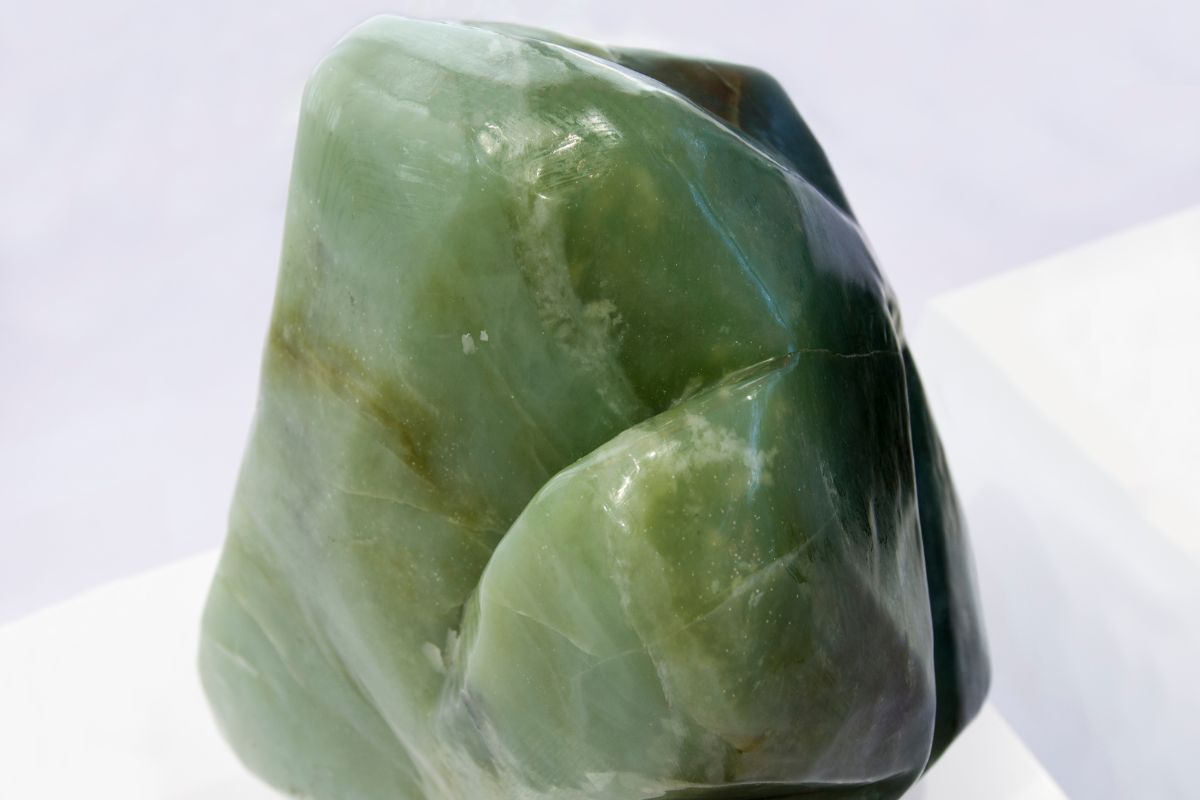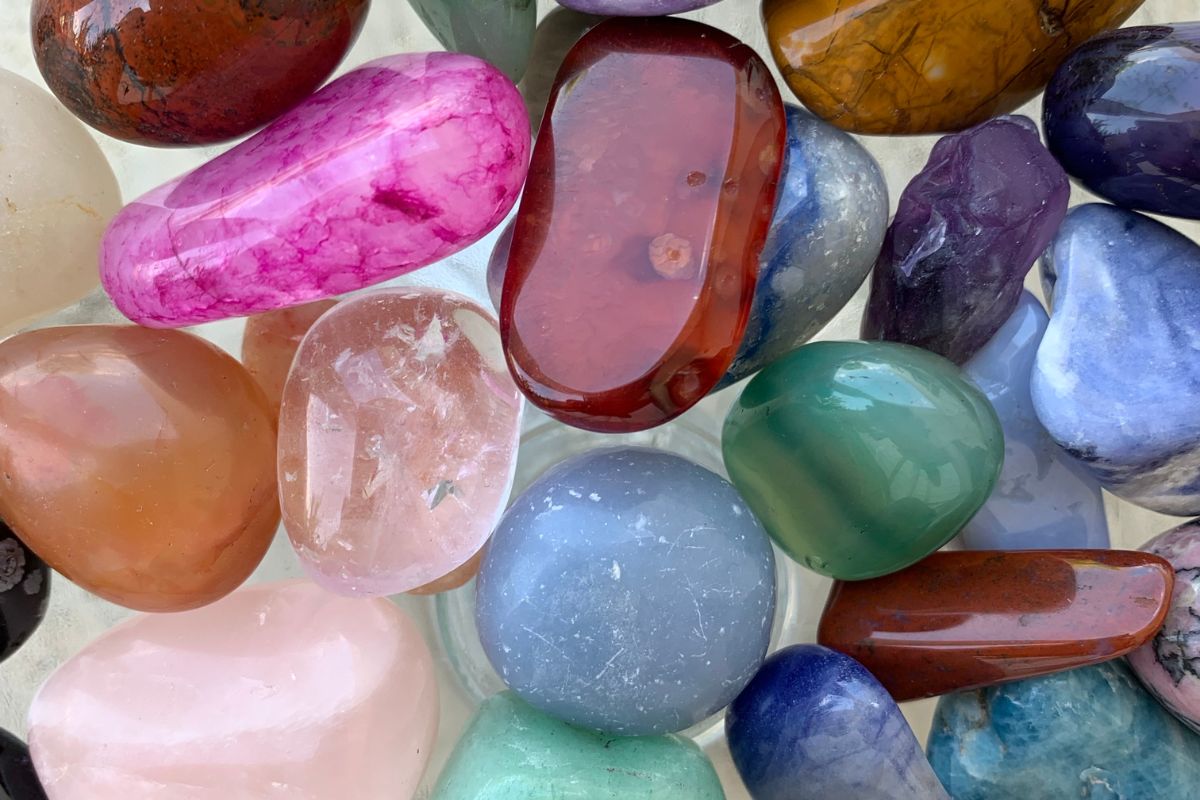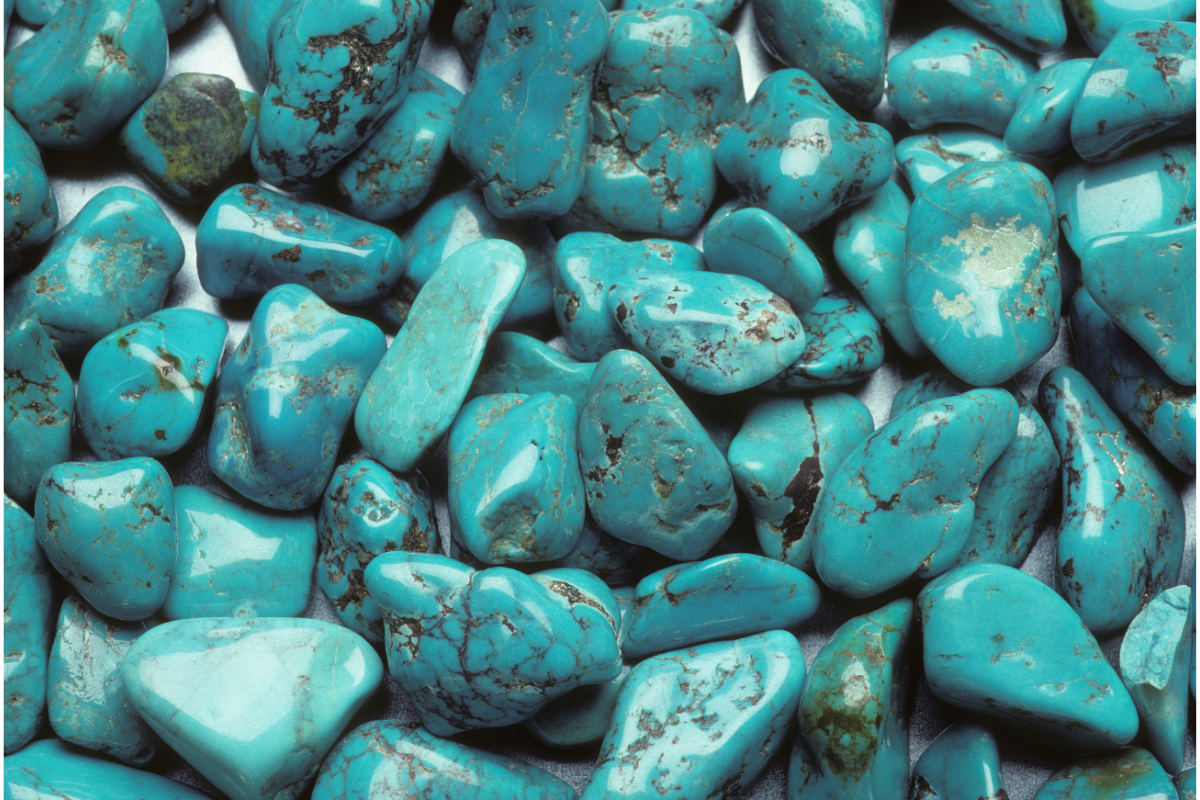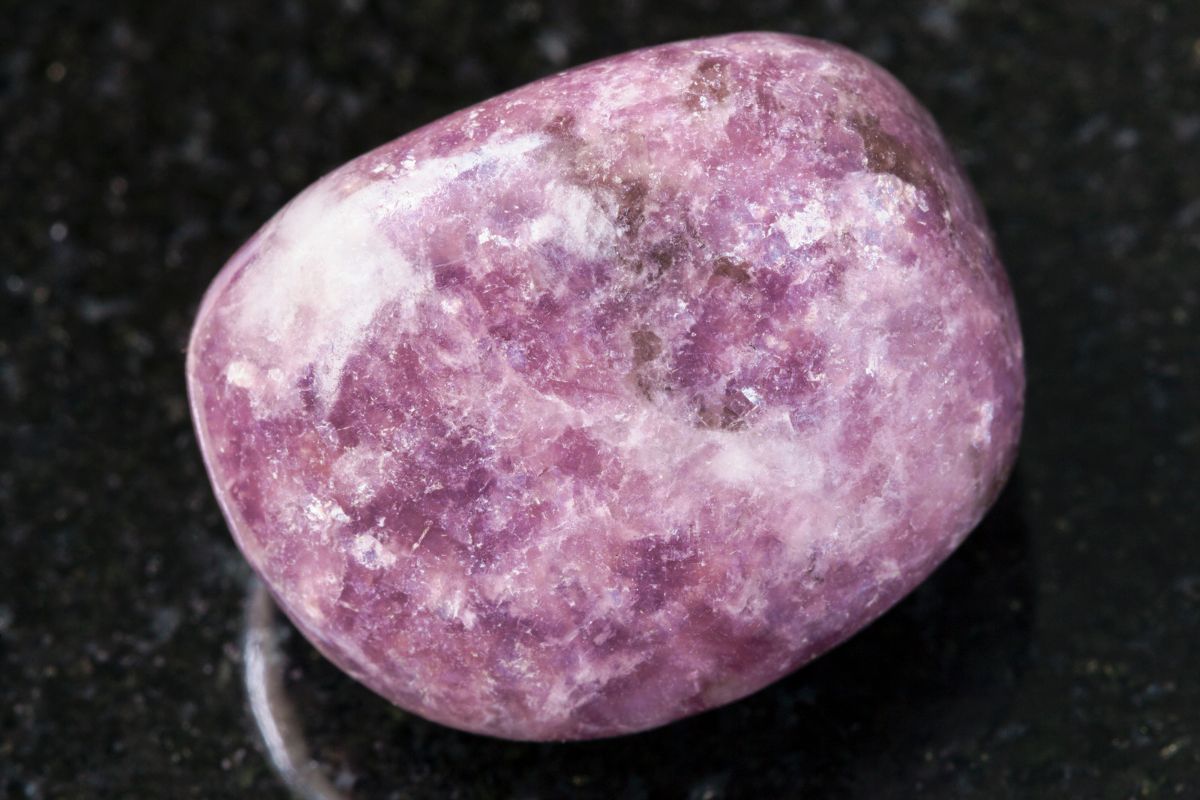If you’re looking to effectively use your crystals, it is important to understand their properties completely.
Since some crystals look similar and have similar uses, including blue sapphire and lapis lazuli, it can sometimes be difficult to determine the differences between them.
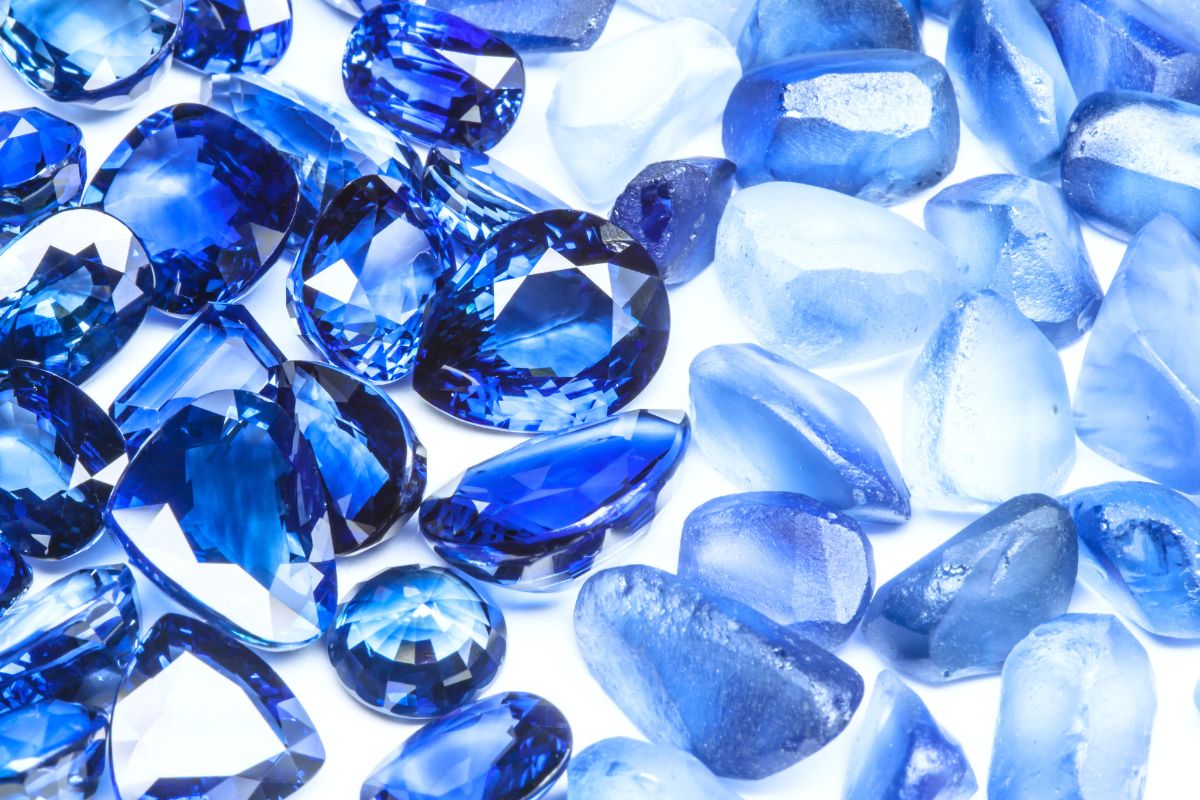
That said, the answer always lies in the stone that draws you in the most.
That said, if you’re looking to understand the differences in terms of metaphysical properties and physical appearance, then you’ve come to the right place.
Essentially, lapis lazuli is an opaque stone that features gold-colored flecks and white lines, while blue sapphire is translucent or transparent and can feature white-feather-like lines, cavities, or color zoning.
Additionally, lapis is said to represent wisdom and power, while blue sapphire is said to represent faith and hope.
With this in mind, this article will outline all the differences and similarities between the two stones so you can fully incorporate them into your lives.
Let’s get started.
What Is Lapis?
In its most natural form, lapis lazuli is a non-foliated metamorphic rock. It is commonly referred to as “Lapis” and features various minerals throughout it.
That said, there is no distinct foliation. It is commonly found in marble and limestone.
The most important mineral found in lapis lazuli is lazurite – which belongs to the sodalite family. This blue silicate mineral is 25% to 40% present within the rock.
Some other common minerals you’ll find in lapis lazuli include pyrite, calcite, and sodalite. These present minerals will help you easily identify the lapis lazuli rock.
Since there are so many different minerals inside the rock, the hardness of the Mohs scale will vary considerably.
For instance, lazurite usually comes in at around a 5 while calcite will be around a 3. The stronger minerals, such as pyrite, are usually around 6.5.
Properties Of Lapis Lazuli
Lapis Lazuli is a stone considered to hold properties of protection and wisdom. It is said to make communications honest, deep, and succinct. Plus, it is also said to strengthen relationships and friendships, too.
From royalty to priests, this stone has been used in many civilizations as protection against the evil eye, as well as to increase the psychic ability of anyone who carries or wears it.
It is also said to increase favorable attention, helping those to improve their position in the workplace or in the performing arts.
When it comes to healing, this is one area where stone shines – aiding in both emotional and physical healing.
Thanks to its communication aspects and the blue, deep color of the stone, it is said to be great for working with the Throat Chakra.
Finally, you can even wear powdered lapis lazuli around the eyes which is said to promote healthy eyesight – a practice that was regularly employed by the Egyptians.
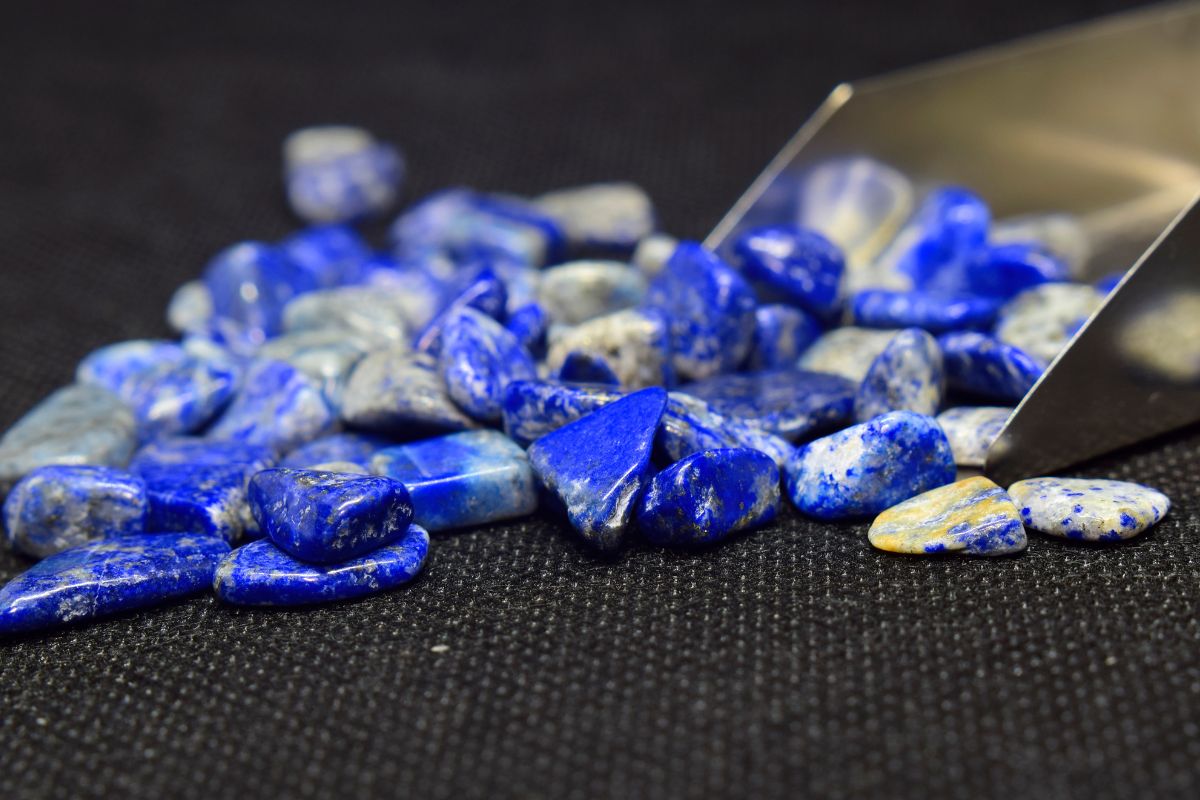
Lapis Lazuli Uses
Lapis lazuli is mainly known as a gemstone. It is a popular material for beads and cabochons. It can also be used for mosaic or inlay projects. Plus, it can even be used for small sculptures.
Thanks to its range of uses, it makes lapis a popular opaque blue gemstone.
While preferences may vary considerably, the most popular forms of lapis feature a uniform and deep blue to violet-blue color.
Some people enjoy the randomly placed grains of pyrite or calcite fractured in the stone. That said, the more these minerals make an appearance, the lower the value goes.
What Is Blue Sapphire?
Blue sapphires are considered a precious gemstone – belonging to the mineral corundum family.
The stone consists of aluminum oxide with traces of chromium, iron, vanadium, titanium, and magnesium.
It is one of the most popular gemstones and can be seen used in a range of jewelry. This could be a result of the gem’s hardness, featuring a 9 on the Mohs scale.
Properties Of Blue Sapphire
This gorgeous gemstone has long been a representation of inner vision, mental focus, and psychic awareness.
Charkra’s theory indicates that sapphires hold healing properties to open the third eye and allow a deeper insight.
They are also said to open the throat chakra, which helps to create easier communication with others and avoids unresolved conflict and miscommunication.
In addition to this, the deep sapphire blue color is said to be celestial and bring a connection to Divine favor and prophecy.
The gemstone is also rooted in folklore and religious history all around the world. Here, they are used to signify the height of hope and celestial faith in the medieval and ancient worlds.
Besides this, they are also said to contain properties of bringing spiritual insight, protection, and good fortune.
All in all, these precious gemstones are a strong symbol of power, strength, good judgment, and kindness in modern times.
Blue Sapphire Uses
There are various ways you can use Blue Sapphire, although this is dependent on your intentions and goals. Here, we have outlined a few ideas:
- Meditate with it – Here you can choose to keep it in your hand or place it on your third eye chakra.
- Jewelry – You can wear blue sapphires in your necklaces, rings, or bracelets. Allowing you to keep the gem close to your body and reap all the benefits.
- Use it for healing – Place the stone on specific parts of your body or carry it through the day for healing practices.
- Keep it in your environment – Keep your home harmonious and positive by keeping it in your space.
Final Thoughts
While both lapis lazuli and blue sapphire are similar in their appearance – this is where their similarities end. That said, since they are so similar it can be hard to distinguish them apart.
Essentially, they are two different stones featuring different properties and uses.
Hopefully, this guide has informed you on everything you need to know about lapis lazuli and blue sapphire to help understand the stones for once and for all.
- 15 Crystals That Cannot Be Exposed To The Sun - January 7, 2024
- Malachite Vs Fuchsite – Benefits And Uses - January 7, 2024
- Malachite Vs. Green Jasper: Benefits And Uses - January 7, 2024

